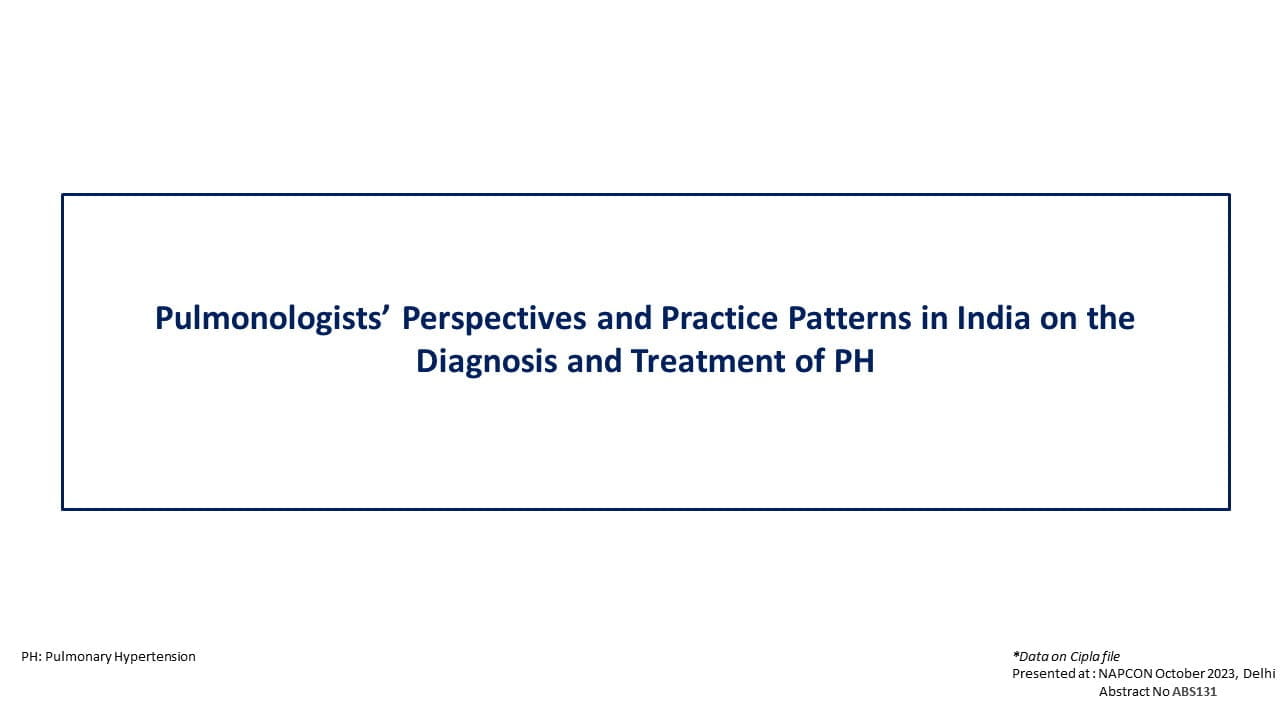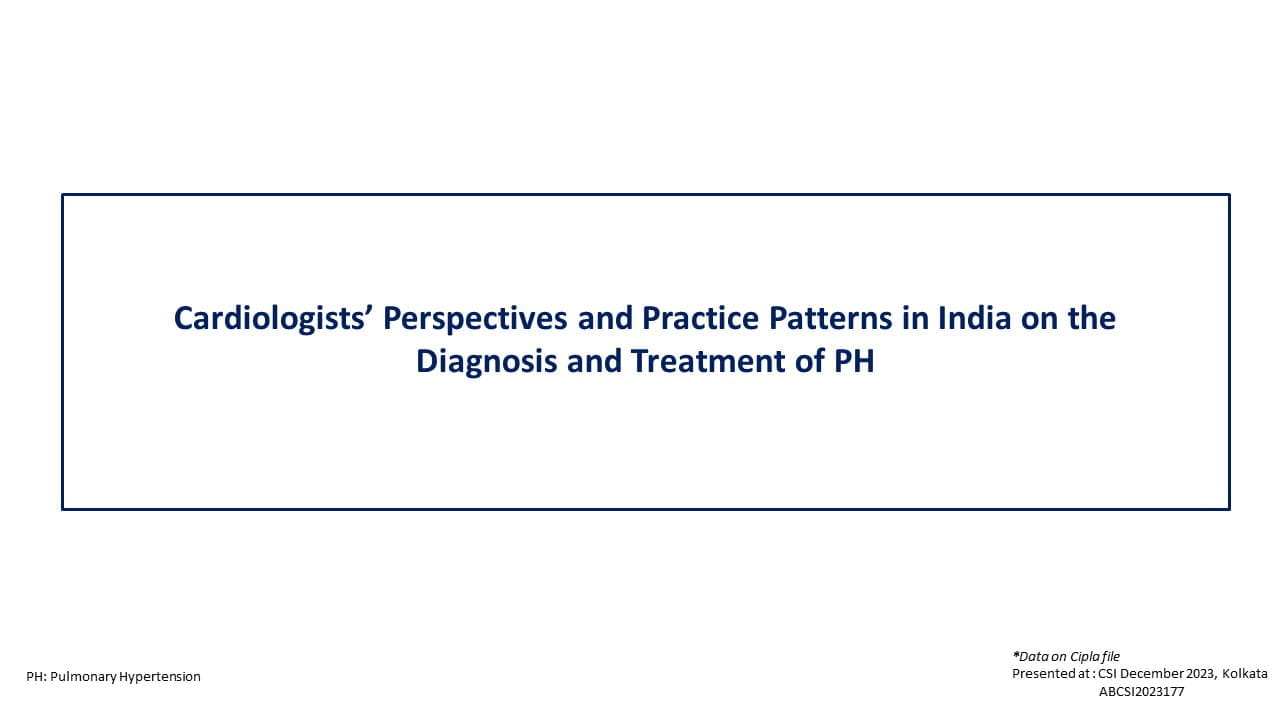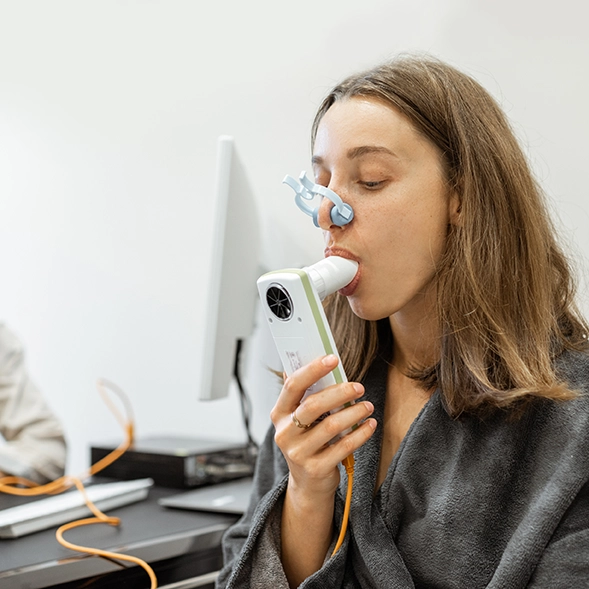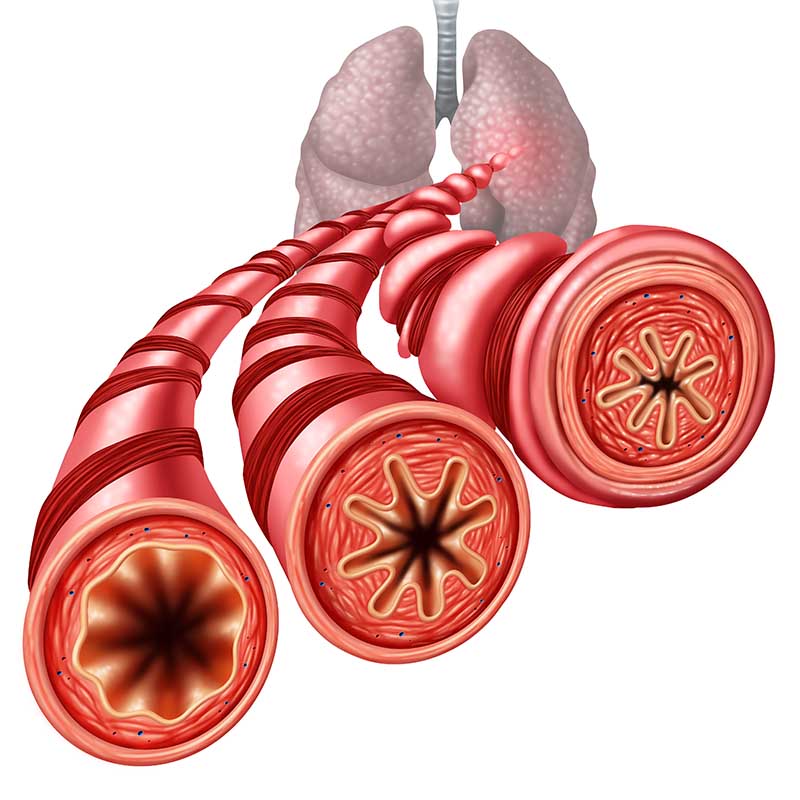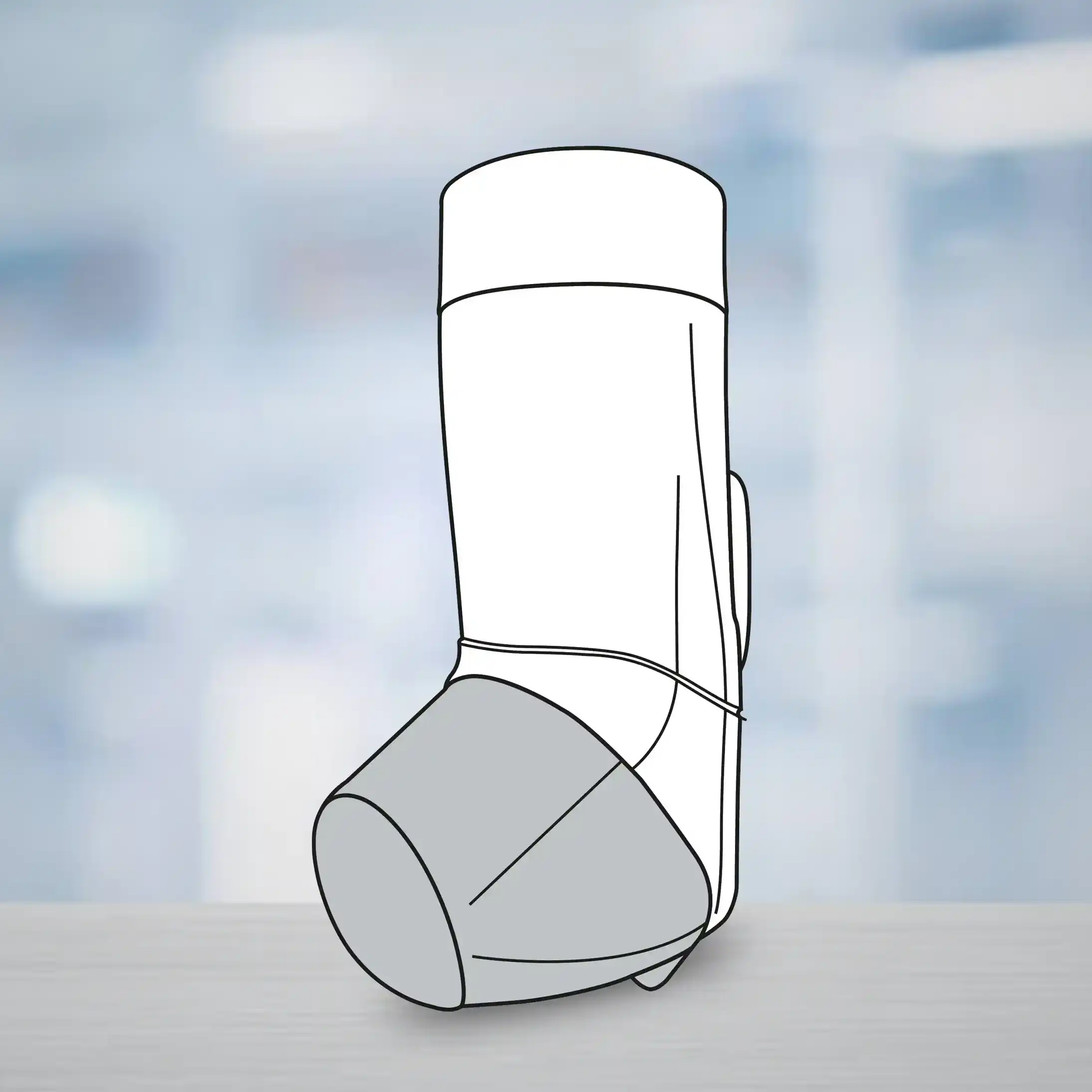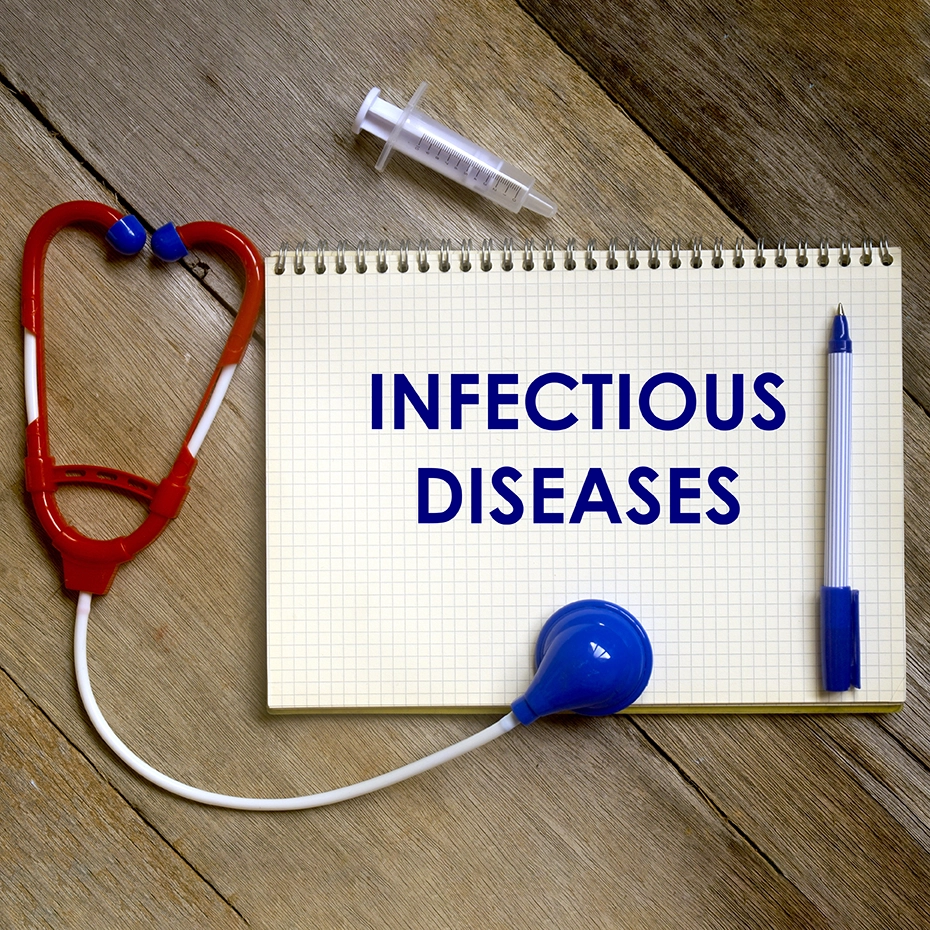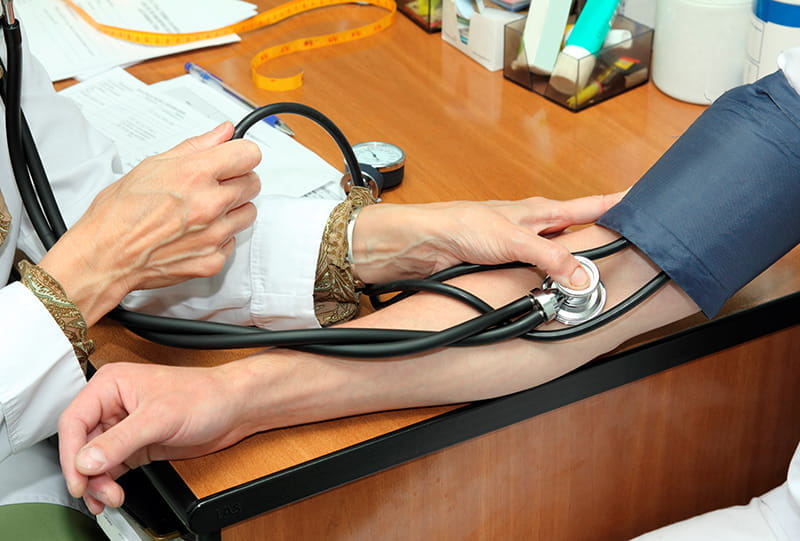Impact of Abnormal Ejaculation on Silodosin Treatment in Men with BPH
Introduction
The prevalence of benign prostatic hyperplasia (BPH) associated with lower urinary tract symptoms (LUTS) is significant in elderly men. The symptomatic medical therapy comprises ?-1 blockers, 5-? reductase inhibitors or combination of both. Abnormal ejaculation (AEj) is one of the most common side effects associated with the use of ?-1 blockers, silodosin being one of them. Since the ?-1 blockers are being commonly prescribed for elderly men, AEj might not be a great concern. However, there is no data on the cessation of silodosin due to AEj in men with BPH.
Aim
This study assesses the effect of AEj on patients using silodosin in terms of drug cessation and also analyses the possible factors that affect the decisions of patients with AEj to proceed or change their medication.
Method
Study Design
- Prospective study.
Treatment Strategy
- A total of 118 men with symptomatic BPH treated with silodosin 8 mg daily were enrolled.
- The patients underwent rectal examination, urinalysis, uroflowmetry urine culture, serum Prostate Specific Antigen (PSA), creatinine analysis and post-voiding residual urine evaluation.
- International Prostate Symptom Score (IPSS), International index of erectile function (IIEF), male sexual health questionnaire ejaculatory dysfunction (MSHQ-EjD), Beck's depression and Golombok-Rust questionnaires were given to patients to evaluate the erectile function, ejaculatory function, depression and sexual satisfaction respectively.
- All the patients were re-assessed after 3 months of their treatment.
Endpoints
- Incidence of AEj
- International Prostate Symptom Score (IPSS)
- IIEF score
- MSHQ-EjD score
- Beck's depression score
- Golombok-Rust score
Results
- The mean age of the population was 60.8+8.0 years.
- The pre- and post-treatment scores have been compared in Table 1.
|
|
Pre-treatment score |
Post-treatment score |
P value |
|
IPSS |
18.3+17.1 |
8.4+7.6 |
<0.001 |
|
IIEF |
13.8+7.8 |
14.6+8.3 |
<0.001 |
|
Beck’s depression score |
14.4+11.7 |
13.5+11.3 |
- |
|
Golombok-Rust score
|
7.02+1.62 |
6.82+1.81 |
<0.001 |
|
MSHQ-EjD score
|
12.2+5.4 |
8.6+7.4 |
<0.001 |
- AEj was reported by 62 (52.5%) patients; out of which nearly 42% (n=26) desired to stop their medication and 7.1% (n=4) without AEj asked to stop or change their medication (p<0.001).
- The pre-treatment IPSS score and the decrease in IPSS score with silodosin treatment was significantly lower in patients who demanded drug change due to AEj (p<0.05).
- Beck’s depression scores increased in patients who demanded drug change.
- AEj was significantly higher in patients who wanted to stop their medication (p<0.001).
Conclusion
- Although the incidence of abnormal ejaculation (AEj) was high in the patients treated with silodosin, not all patients with AEj desired to stop or change the medication.
- The patients were happy with the clinical efficacy of silodosin, and this was a significant predictor for the patients to stop or continue with the treatment.
- Pre-treatment ejaculatory status was an important indicator, and the rate of drug cessation demand was significantly higher in patients with pre-treatment high scores of ejaculatory functions.
Andrologia. 2021 Aug;53(7): e14086. Doi: 10.1111/and.14086.


